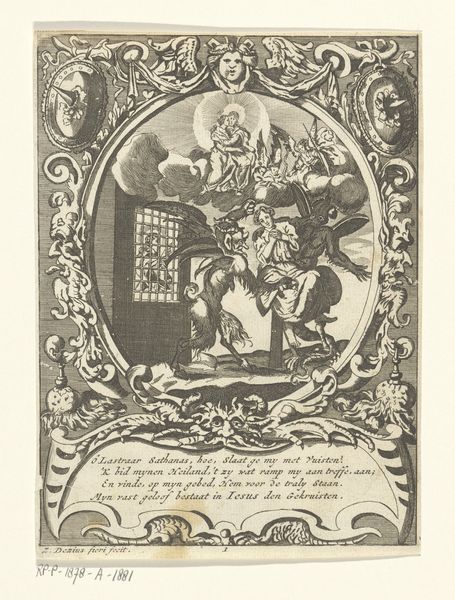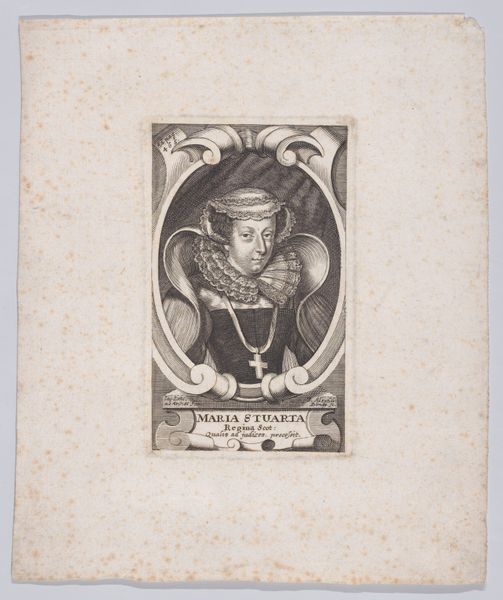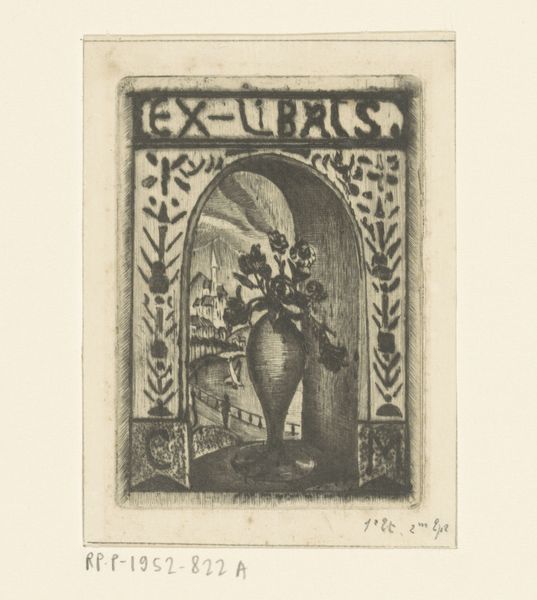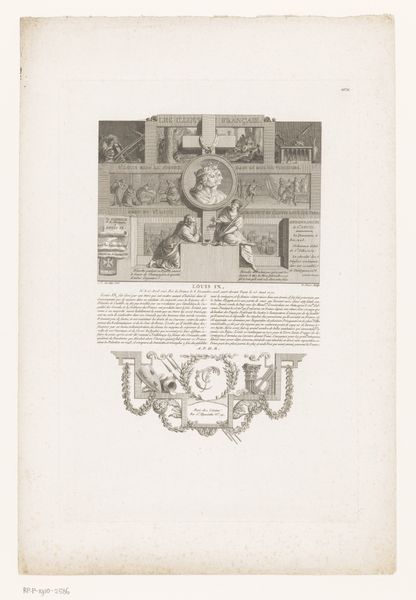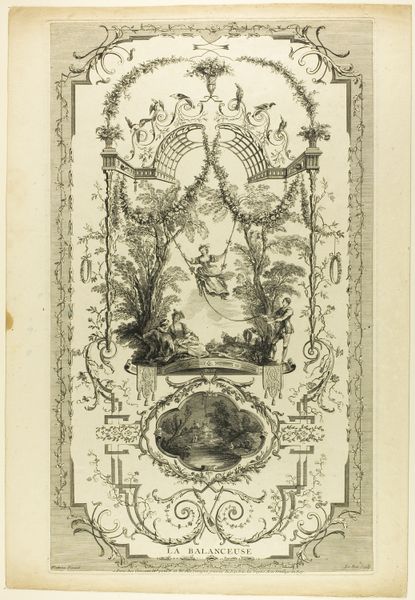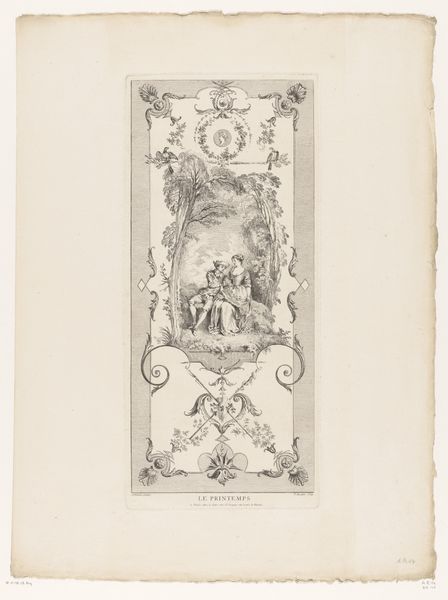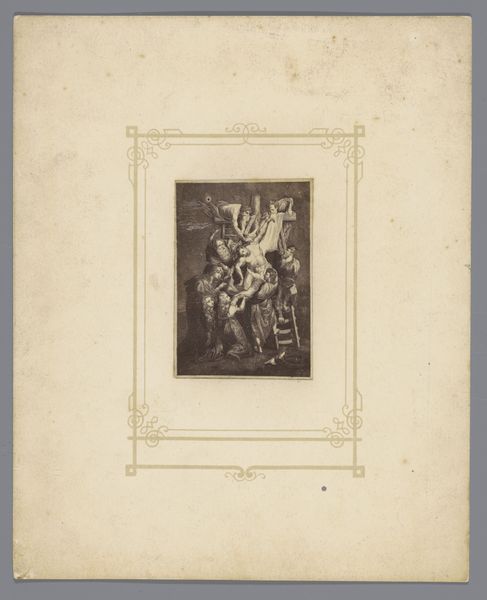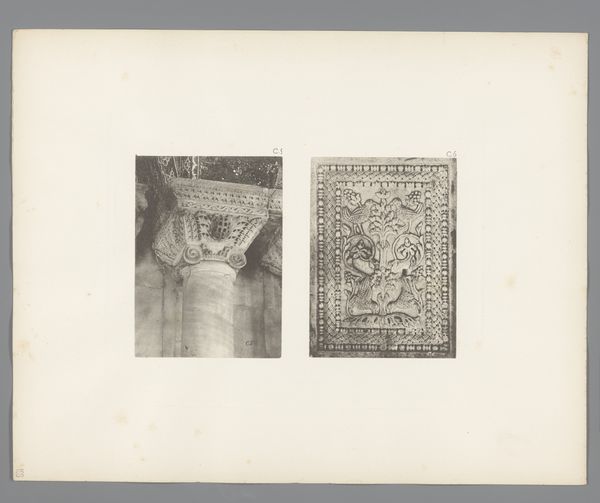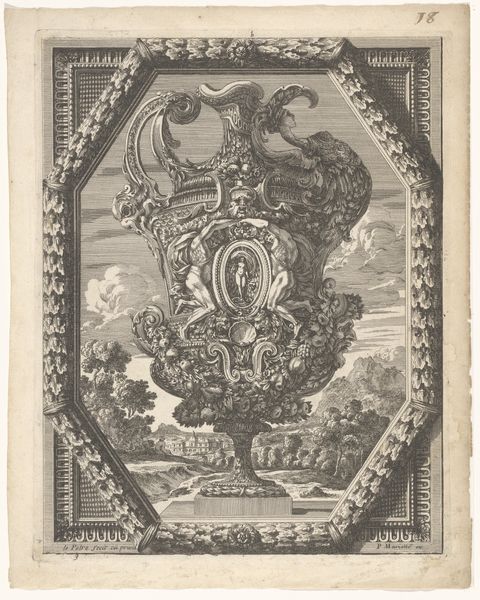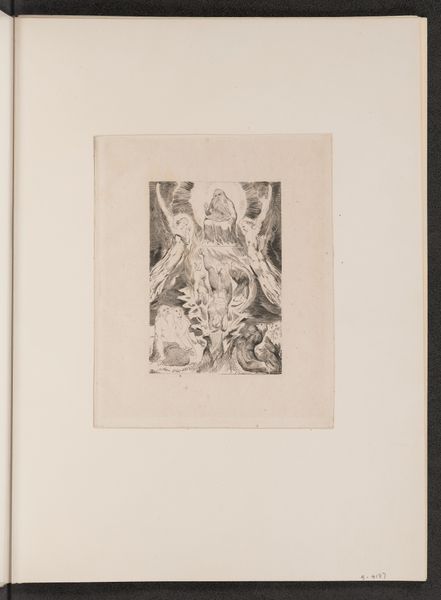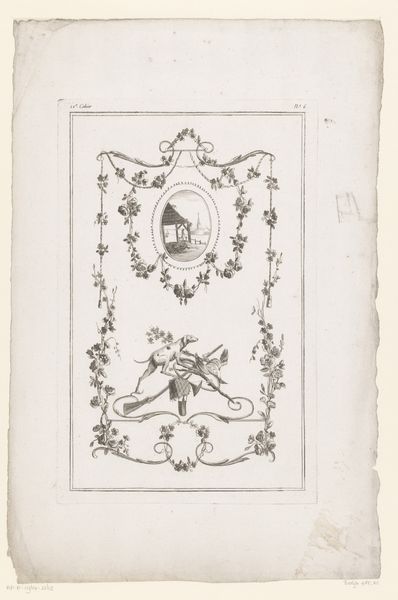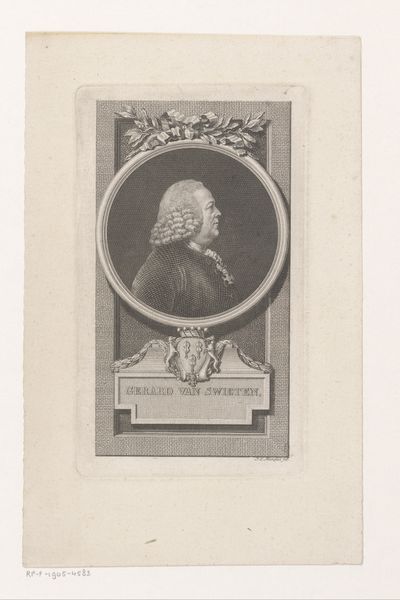
mosaic, photography
#
mosaic
#
photography
#
ancient-mediterranean
Dimensions: height 103 mm, width 65 mm
Copyright: Rijks Museum: Open Domain
Editor: This is a photograph by Giorgio Sommer, taken sometime between 1865 and 1888, documenting a mosaic from the House of the Faun in Pompeii. It's fascinating how an image can capture another work of art across time. What symbolism do you see in this tableau of a winged child riding a lion? Curator: The winged child is likely a representation of Eros, or Cupid, suggesting love, desire, and even irrationality. The lion, of course, symbolizes strength, courage, and nobility. This pairing—eros and power, or eros taming the beast, is itself a common and powerful symbol, wouldn't you agree? Editor: I would! The idea of love controlling even the strongest forces is really captivating. What about the objects scattered around? Curator: Good eye. Notice the theatrical masks – these hint at drama, illusion, and perhaps the multiple facets of human nature. They speak to performance, both in the artistic and the social sense. They introduce another dimension. Do they spark a question of sincerity and deception to you? Editor: Yes, they do. I was so focused on the Eros figure I almost missed those subtle symbols, the way masks signify how we project a certain image to the world. It layers the narrative of desire and power with ideas of perception and pretense. Curator: Precisely. Images carry cultural memory. What was true in Pompeii is echoed in our society, even if in changed form. This artwork and its photograph offer a bridge to that enduring story. Editor: I love that, an echo through time, showing that humanity's struggles with power, desire, and image are timeless. I feel I am closer to understand the weight this symbolic scene. Thank you for showing me how much can be unlocked through visual analysis!
Comments
No comments
Be the first to comment and join the conversation on the ultimate creative platform.
